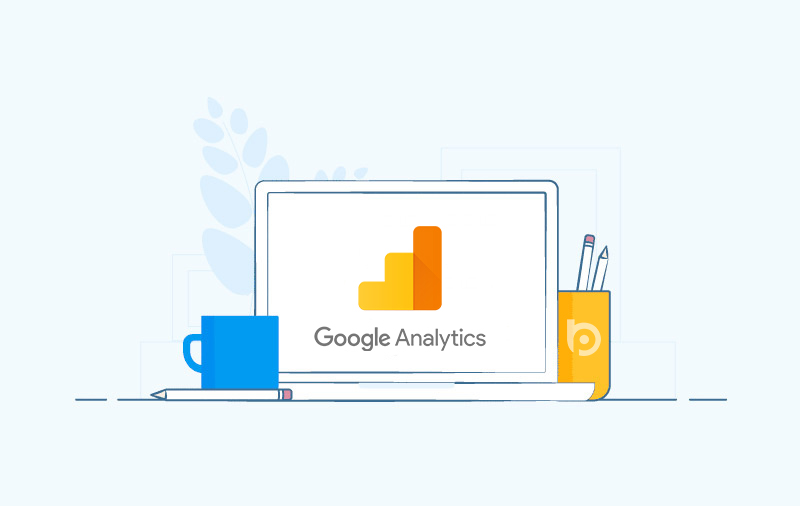With the latest advancements in data capturing and data processing technology, we can track the digital world and optimize our marketing efforts at a deeper level than ever before. Tools such as Adobe Marketing Cloud offer complete suites of capabilities, from digital tracking to analytics, audience management to digital testing, and so much more.
While Predictive Analytics is becoming the next big buzzword in the industry, with books like Predictive Analytics for Dummies topping the Amazon charts, implementing an effective digital analytics strategy can be challenging. First, the knowledge and expertise required to set up and use digital analytics programs are complicated. Secondly, the investment on the tools and required expertise can be high. Finally, some clients see unclear returns from their analytics programs.
In this article, we are going to shares five common mistakes you should avoid if you are trying to use digital analytics effectively.
Mistake 1: Starting without a clear goal
The first task of digital analytics is to know what metrics to track, and what value you want to get out of them. We see a lot of web businesses that do not have even a basic conversion tracking setup or cannot link their business results with the factors that drive those results. This problem starts when companies do not set a specific goal for their analytics. When you don’t know what questions to ask, you cannot know what you will get.
At its foundation, the aim of analytics is to understand and to optimize your marketing efforts. Every analytics program should answer certain business concerns and questions. If your aim is to maximize online sales, you will want to track order volume, cost-per-order, conversion rate, and average order value. If you want to optimize your digital product, you’ll want to monitor how users are interacting with your product, usage frequency and the ‘churn rate’ of people leaving the site. When you know your goals, the path becomes clear.
Mistake 2: Ignoring core metrics to chase noise
When you have strong computational power and advanced analytics tools, it’s tempting to capture every single possible data point to ‘get a better understanding’ or ‘make the most of the tool. But, following lots of metrics dilutes your focus on the core metrics that uncover the pressing needs of your business.
We have seen digital campaigns that fail to convert new users, yet the managers still set up advanced tracking programs to understand user behaviours to serve them better. When you can’t get new users, your targeting could be wrong, your messaging could be wrong, or possibly there’s no market for your product! These problems are much more significant to solve than trying to understand your user engagement.
As in this example, it can be a waste of time and resources to chase fancy data and more in-depth insights while the fundamental metrics are overlooked. Make sure that you are focused on the most significant business metrics before going broader.
Mistake 3: Choosing overkill analytics tools
When selecting analytics tools, many clients believe that more advanced and expensive tools give more profound insights and solve their problems better. Advanced analytics tools may offer more sophisticated analytic capabilities over basic tracking tools. But whether your business needs all those capabilities or not is a different story. The decision to select an analytics tool must be based on your business needs and goals, not by how advanced the tools are.
There is no need to invest lots of money on big analytics tools and a team of experts for an analytics program when some advanced features of free tools like Google Analytics could give you the answers you need.
Mistake 4: Creating fanciful reports with little business value
Many times, we see reports that only present a bunch of numbers exported from various tools, that state ‘insights’ that have little relevance to the business goal. This issue is so common in the analytics world because lots of people are paid to create reports that they end up producing reports just for the sake of reporting. They don’t think about why those reports should exist, what questions they answer and how those reports can add value to the business.
A useful report must answer a business concern. Any metrics that don’t help answer business questions should be left out completely. Making sense of data is difficult enough. Asking the right questions early on can help to avoid the pitfall of excess window-dressing masquerading as essential data.
Mistake 5: Failing to detect tracking errors
Tracking errors can be damaging to a business because they produce misleading analyses and unreliable data. Lots of companies don’t have the required skills to set up tracking properly or to detect tracking issues when they occur. Many things can go wrong, such as a developer mistakenly removing the tracking pixels, transferring incorrect values, the tracking code firing unstably or multiple times, wrong tracking rules logic, etc. The difference can be so subtle that the reports look normal or are only wrong in specific scenarios.
Often, tracking errors can go undetected because it takes a mix of tech skills and marketing to dig them out. The marketing teams usually do not understand how tracking works, and development teams often don’t know what ‘correct answers’ mean. To deal with this problem, you should frequently check your data accuracy and look for unusual signs in reports.
Analysts must take an extra step to understand the technical aspects of tracking, so they can better sense problems, and raise smart questions for the technical team when the data looks suspicious or incomplete.
In today’s multi-channel world, effective digital analytics strategy is a “must-do” if you are going to understand your customers fully. However, lots of clients and brands are still trying to figure out how to get business value from expensive analytics programs. Learning how to steer clear of common analytics mistakes will help you save resources and be able to focus on core metrics that will drive your business forward.







